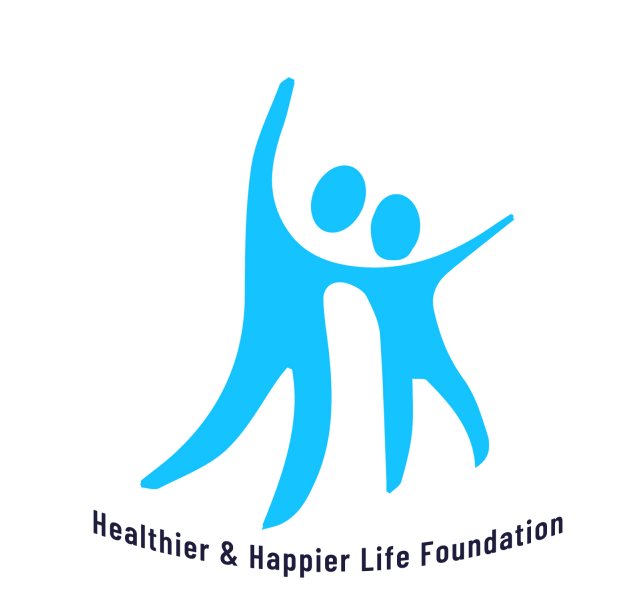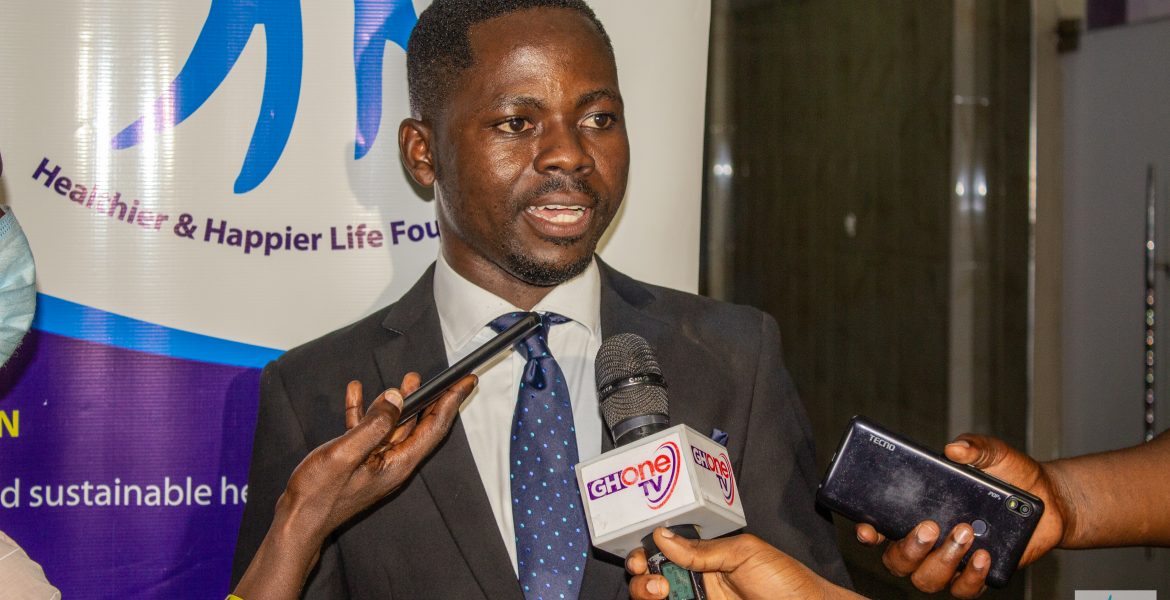By Dominic D. Gadeka contact: dgadeka@gmail.com

Breast Cancer is the uncontrolled growth of abnormal cells in the breast, which can spread to other parts of the body (metastasize) when not treated early. Multiple factors contribute to individual’s risk of developing breast cancer. These include age, sex, family history, genetic predisposition, unhealthy dieting, excess weight/obesity or being diabetic, tobacco smoking, physical inactivity, alcohol intake, radiation exposure, reproductive history (early onset of menstruation, late menopause, older age of first pregnancy), hormone therapy, indiscriminate or irrational use of birth control pills (oral or hormonal contraceptive pills) and not breast feeding.
Globally, in 2020, 2.3 million women were diagnosed with breast cancer and 685 000 died from it1. Overall, an estimated 7.8 million women have been living with breast cancer in the last 5 years. This makes breast cancer the world’s most prevalent cancer1. However, evidence shows that the high mortality can be reduced greatly through comprehensive approaches including health promotion for early detection; timely diagnosis; and comprehensive breast cancer management
In Ghana, it is the first leading cause of female cancer but the second leading cause of female cancer deaths (after cervical cancer). Every year, more than 4,600 women are diagnosed with breast cancer and close to 2,000 die from it. The burden of breast cancer is compounded by the younger age at which the disease develops coupled with late-stage of presentation and the increasing rate of the major risk factors. Moreover, there exists no national screening programs to reduce its burden while there continues to be increasing trend of misinformation and misconceptions. These continue to influence treatment outcomes of breast cancer: poor quality of life and survivorship. There is the need for relevant policies and individual actions to combat the burden of breast cancer.
What Are the Signs & Symptoms?
- A breast lump or thickening that feels different from the surrounding tissue
- Nipple discharge
- Change in the size, shape or appearance of a breast
- Changes to the skin over the breast, such as dimpling
- A newly inverted nipple
- Peeling, scaling, crusting or flaking of the pigmented area of skin surrounding the nipple (areola) or breast skin
- Redness or pitting of the skin over your breast, like the skin of an orange
Diagnosis: Early Detection
- Self-breast examination
- Clinical breast examination – once a year
- Breast screening – Ultrasound and Mammography (women of age 40 years and above)
Treatment / Management
- Radiotherapy
- Chemotherapy
- Chemoradiation
- Surgery
- Targeted therapy

